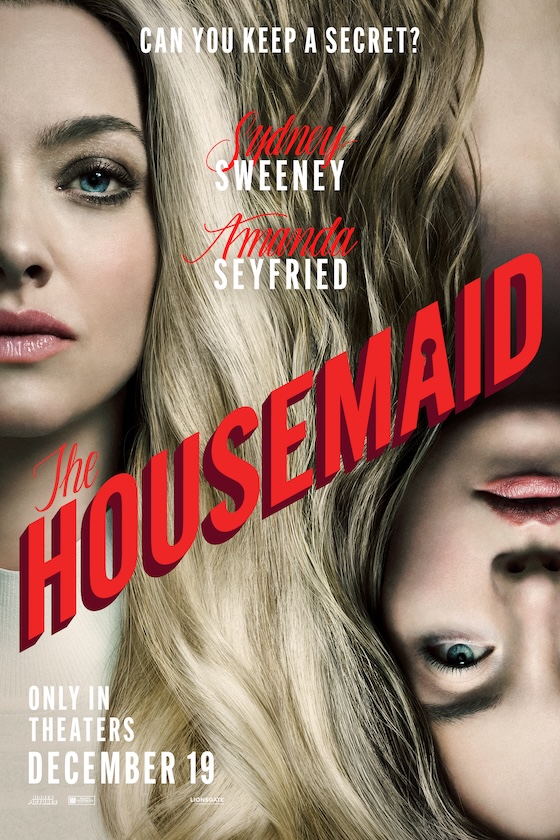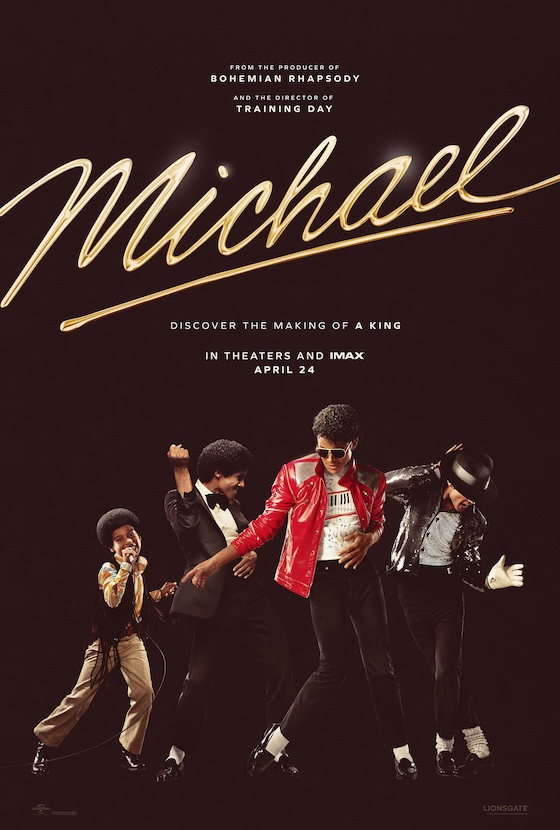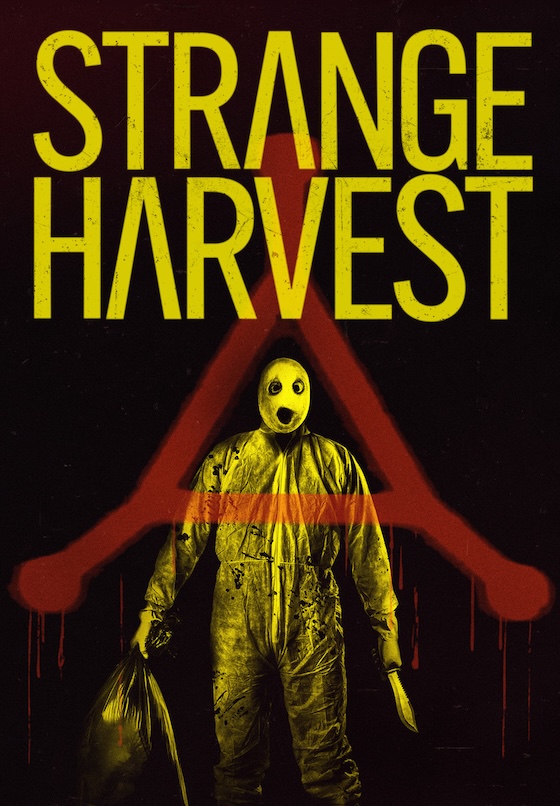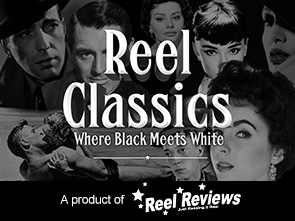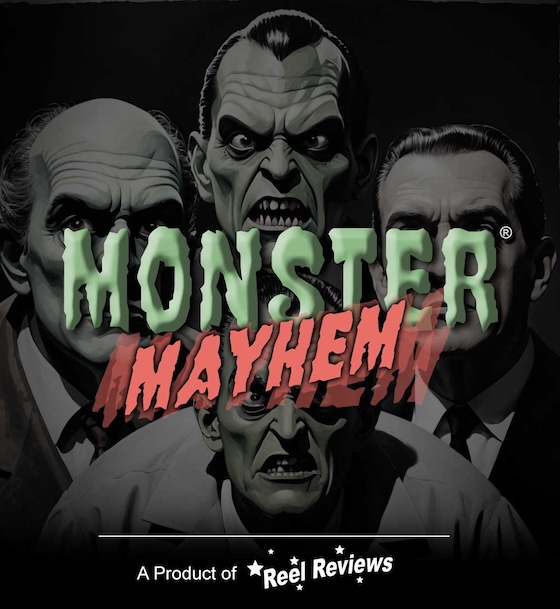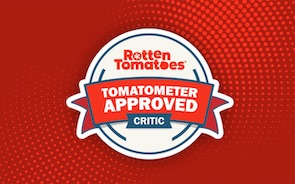The 1973 version of The Wicker Man was a creepy-crawly little film that, despite its myriad production problems, went on to become a cult fave and one of Great Britain's most popular horror films. Its hypnotic tale of paganism and primal fleshy delights not only survived in spite of its low budget, but actually thrived because of it. Without a significant budget, the film's makers were forced to rely on atmosphere, music, sexuality and genuine tension, something sorely missing from this castrated retelling.
Nicolas Cage is Edward Malus, a California Highway patrol officer recently traumatized by the death of a family in a fiery car crash. Haunted by his inability to save the family, he acts upon an anonymous letter from his former fiancée Willow (Kate Beahan), asking him to investigate her daughter's disappearance. Edward sees the invitation as a second chance. The letter beckons him to Summersisle, an isolated private island off the coast of Washington state where Willow resides. Edward's investigation into the missing girl uncovers some kind of strange matriarchal culture bound by ancient earthy traditions and pagan harvest festivals. Ellen Burstyn reprises horror legend Christopher Lee's character as the leader of the secret society, but she's more restrained as Sister Summersisle than Lee's crazy-haired, Willy Wonka-like Lord Summersisle. As Edward's investigation continues he becomes mired in a maddening world of lies and deception.
Neil LaBute scripts and directs this remake but fails to capture the mystical allure and carnal essence that endeared the original to such a loyal audience. Although it took a while to catch on with audiences, the powerful performances of Woodward, Lee and a haunting nudie dance by Britt Ekland along with such unforgettable little nuances as the mesmerizing Celtic soundtrack and primal sexual attractions, were what drove the original. But all are mysteriously absent from this version. Could it be because of a studio-driven mandate to avoid the box-office killer R rating? If true, then the studios sucked the life right out of the 2006 version of The Wicker Man.
To his credit, LaBute resists the temptation to pepper the proceedings with the typical overly dark sequences and loud noises that seem mandatory fare for today's horror films. You'll find no shrieking cats jumping out from behind closet doors here. The original proved that fear and spookiness can be achieved in bright sunlight and save for one venture by Edward into a dark flooded crypt, LaBute follows suit. He shows us that a kid holding an animal mask to his face in broad daylight can cause quite a scare.
It's really a bit unfair to judge a film based on whether or not it's better than its predecessor. A film should be allowed to stand on its own merits. But in the case of The Wicker Man, it's not only fair, but also necessary. After all, the story told in the film is not necessarily a strong one. It's mostly predictable, unoriginal, and actually quite simple. It needs help to resonate with an audience.
So how did director Robin Hardy and screenwriter Anthony Shaffer do it in the original? Were it not for some key decisions with regards to the peripheral aspects of filmmaking, they wouldn't have succeeded. LaBute fails because he strips the story of the very aspects that propped up the original. His version has no mood-setting music, its underlying themes of paganism and gender inequality are far less polarizing, and there's just no real sense of dread and impending doom. LaBute's story has no real bite. The big reveal at the end should be like a trap door opening under the viewer. But instead it feels more like a little tug on our pant leg. As the credits roll following a tacked-on ending, we remember Edward as a stark raving lunatic that beats up women rather than an innocent victim caught in a web of sexual repression and pagan ritual. If we don't care about the lead character, what should we care about?
DVD Details:
Screen formats: Widescreen 2.35:1
Subtitles: English, French, Spanish
Language and Sound: English: Dolby Digital 5.1
Other Features: Color; interactive menus; scene access.
* Commentary Track -
o Feature-length commentary track with writer/director Neil LaBute, actresses Leelee Sobieski and Kate Beahan, editor Joel Plotch, and costume designer Lynette Meyer.
* Trailer - the film's original theatrical trailer
Number of discs: - 1 Keepcase Packaging.
{pgomakase}

